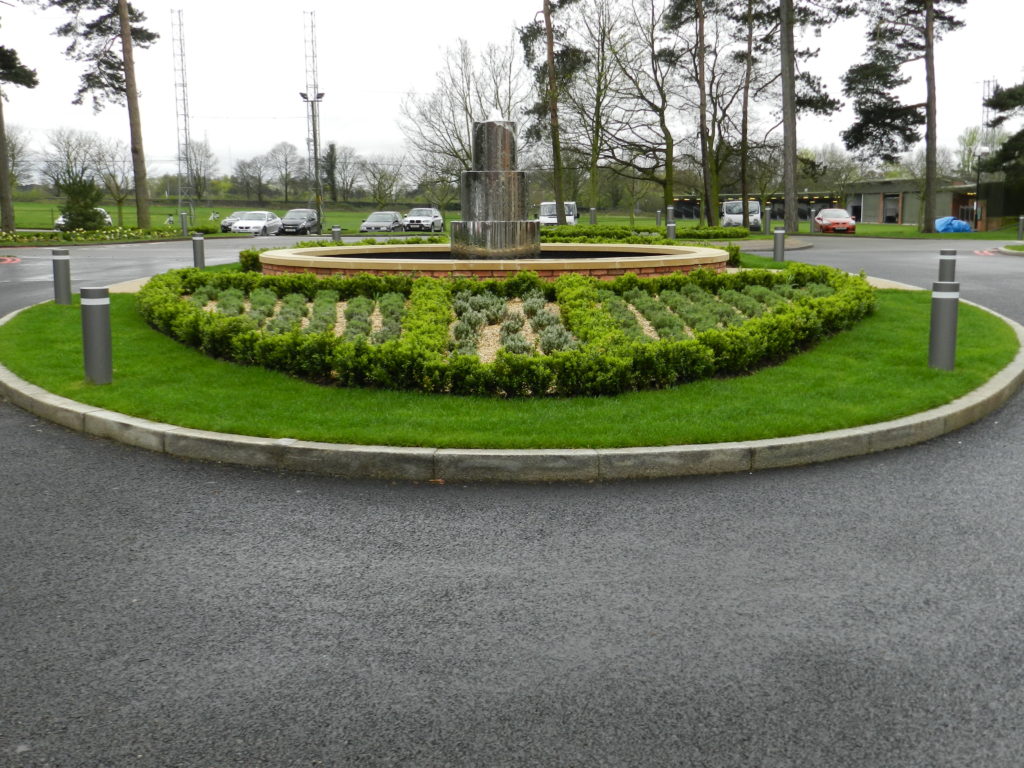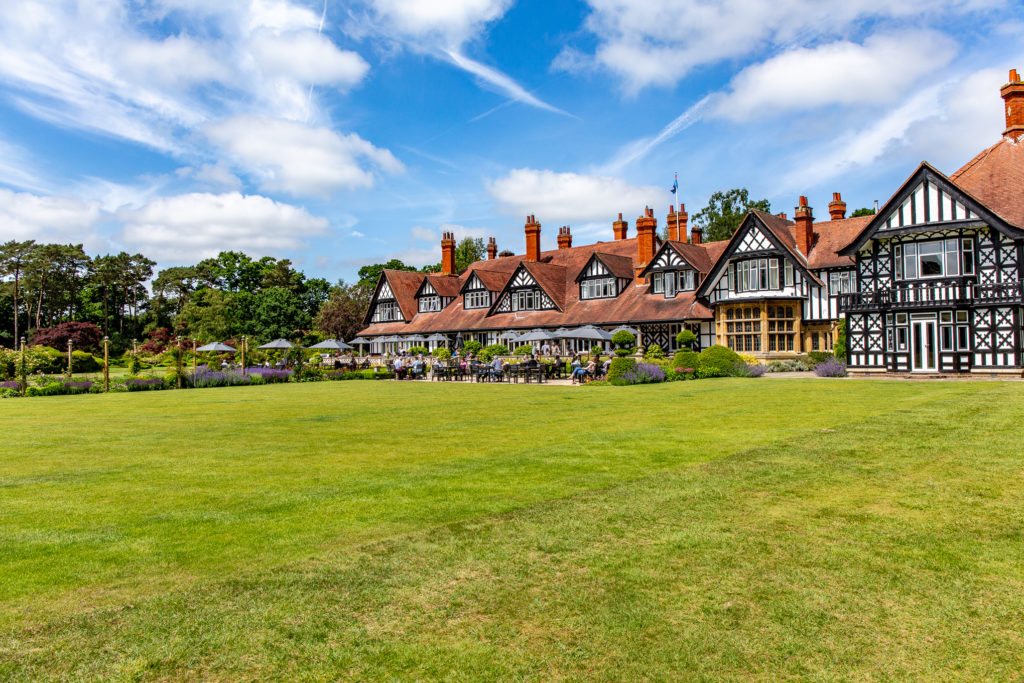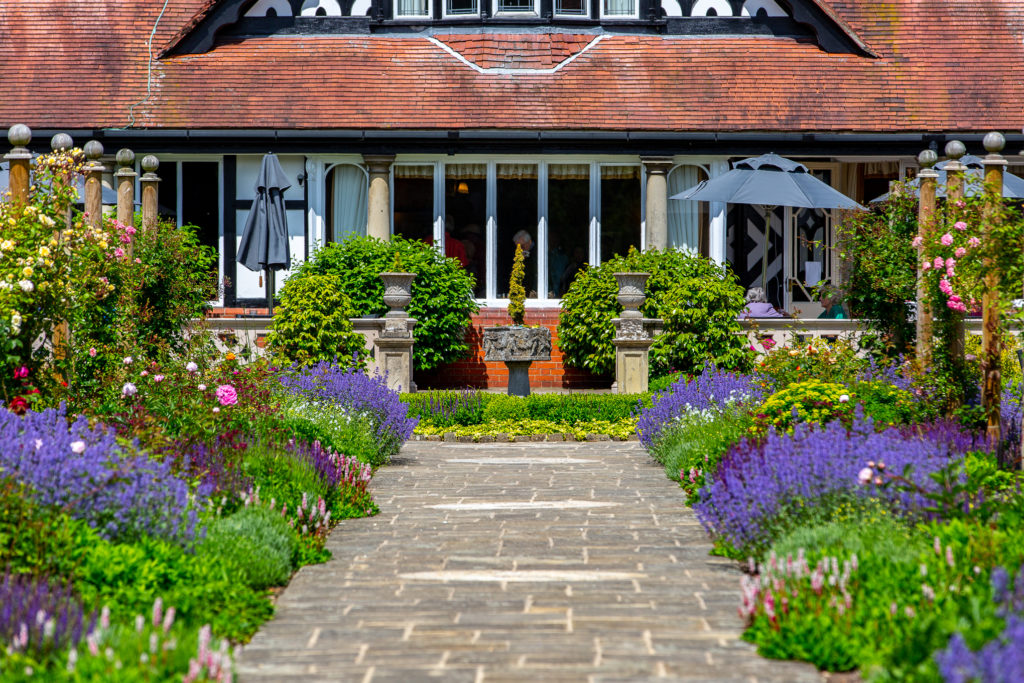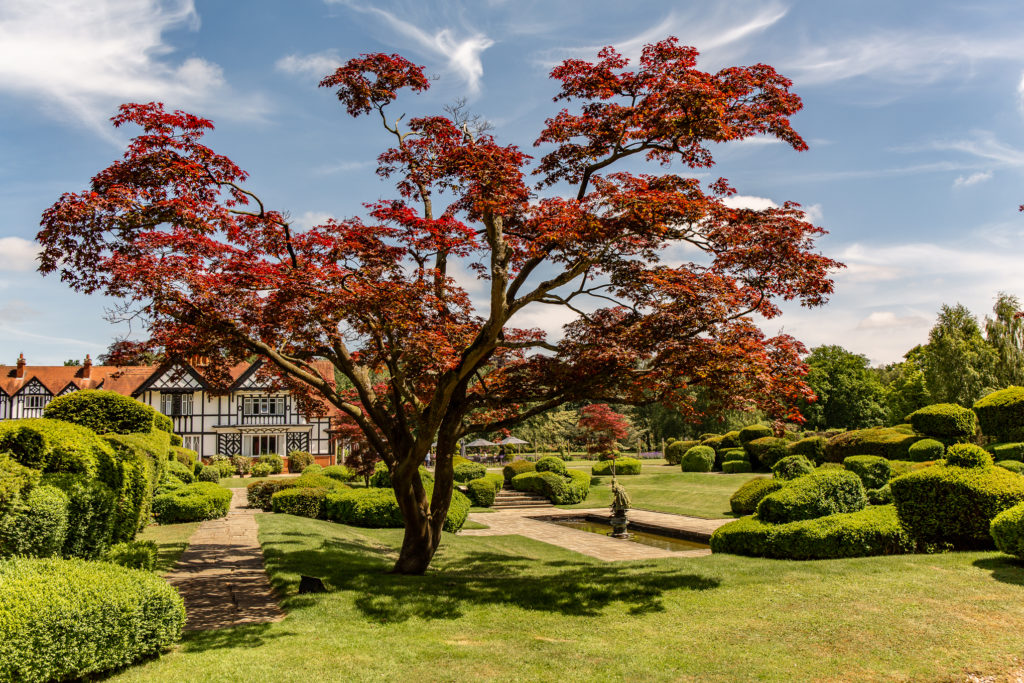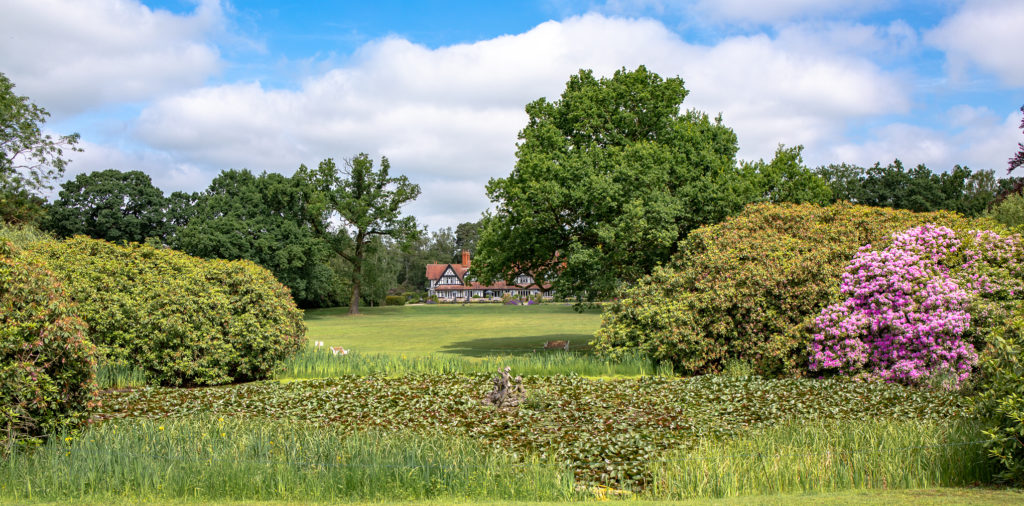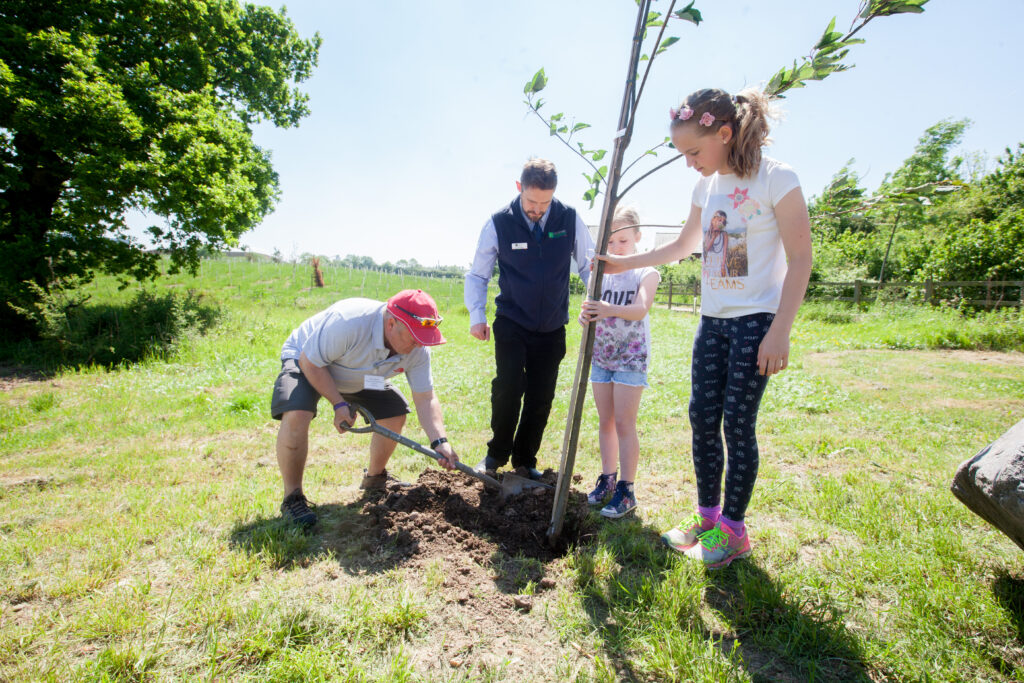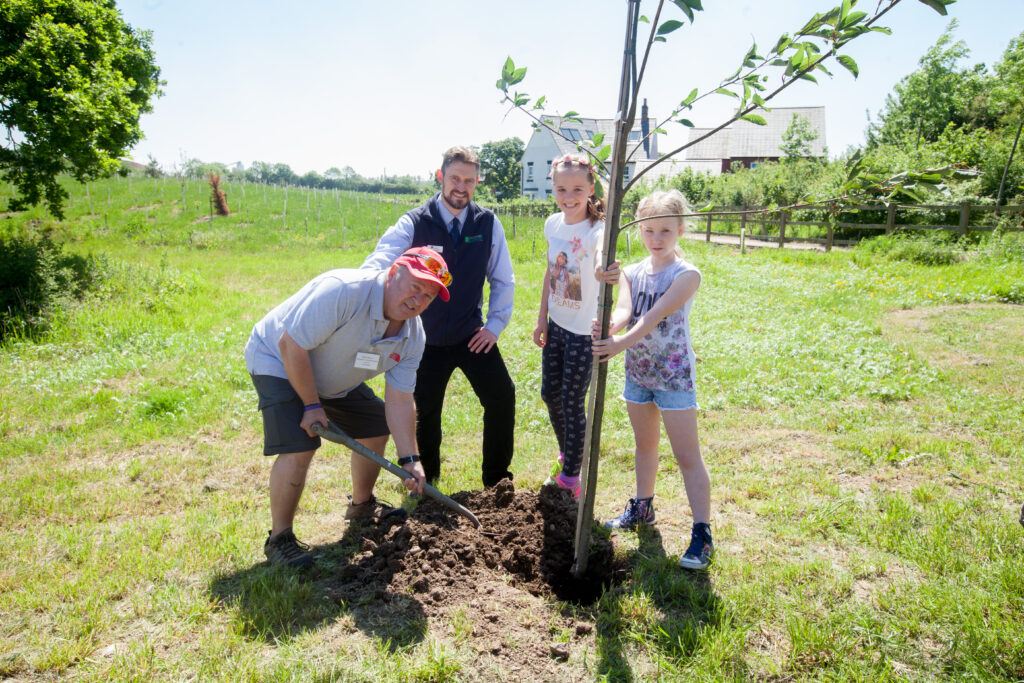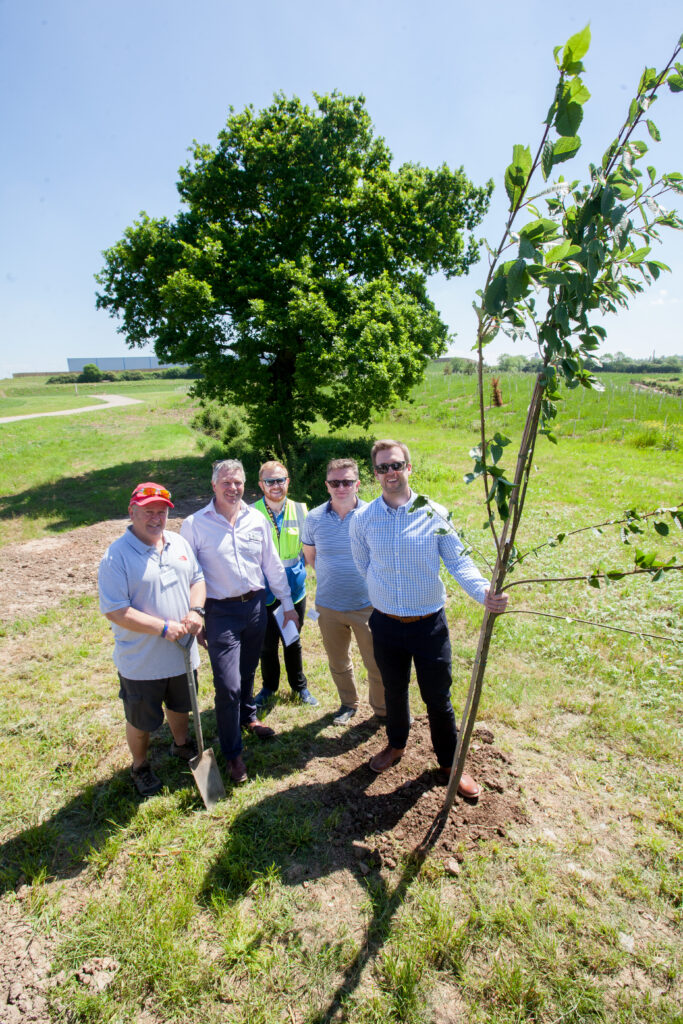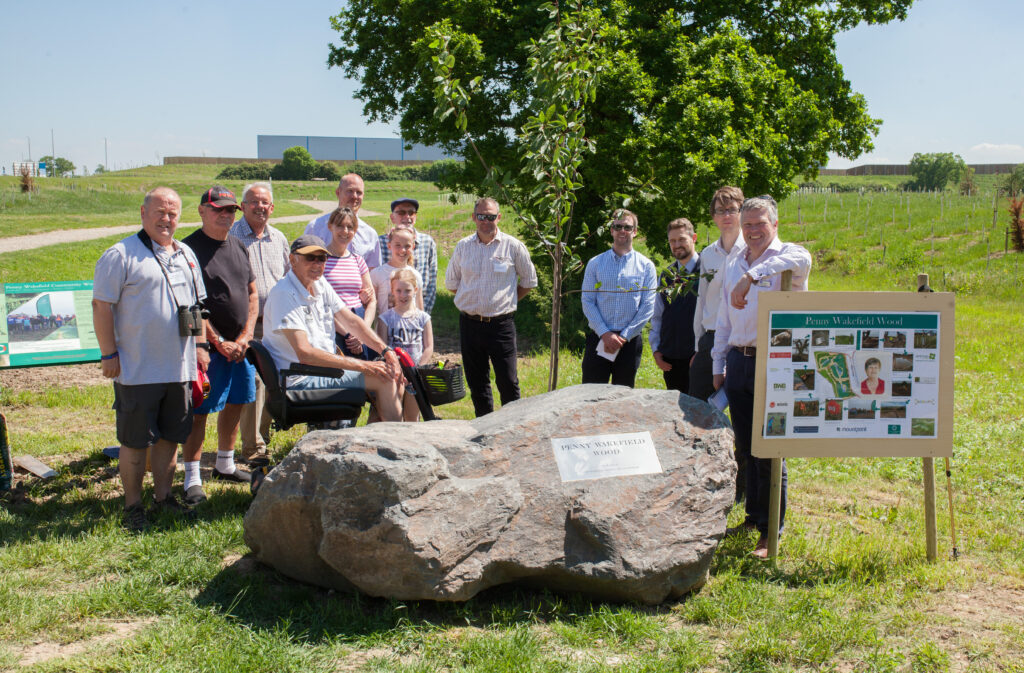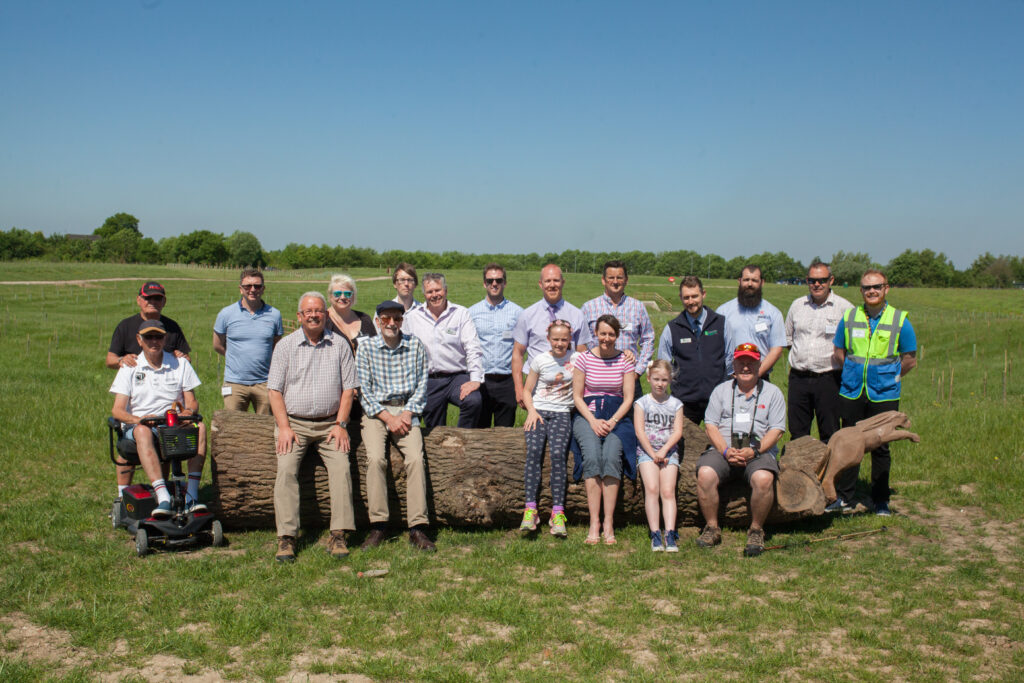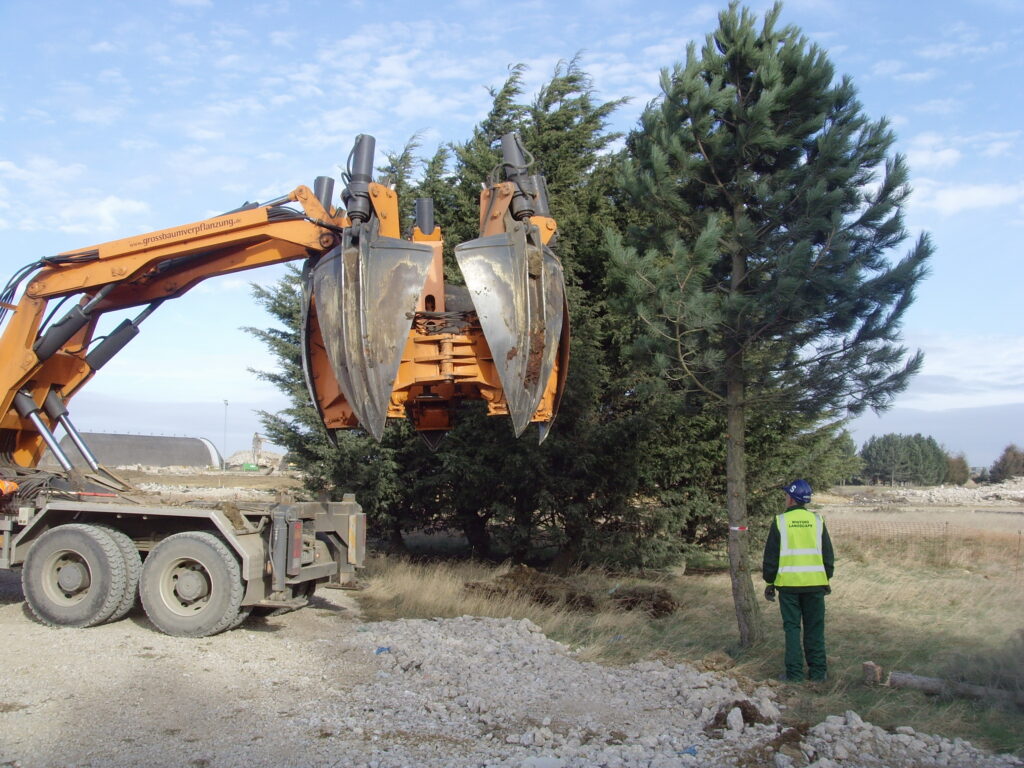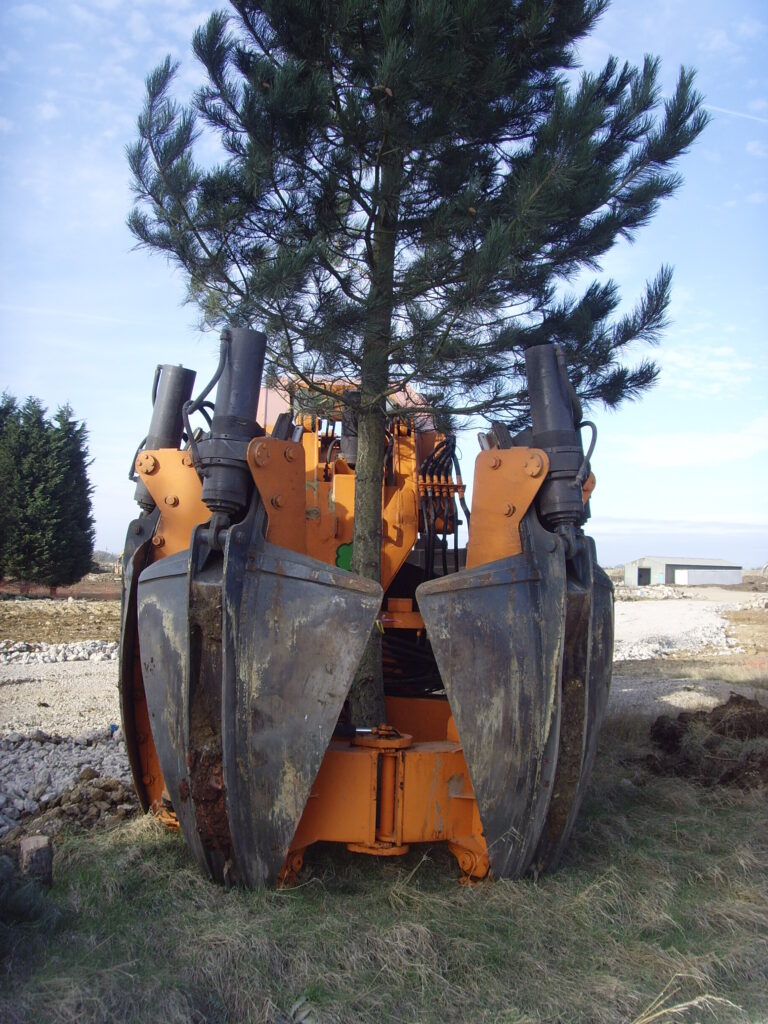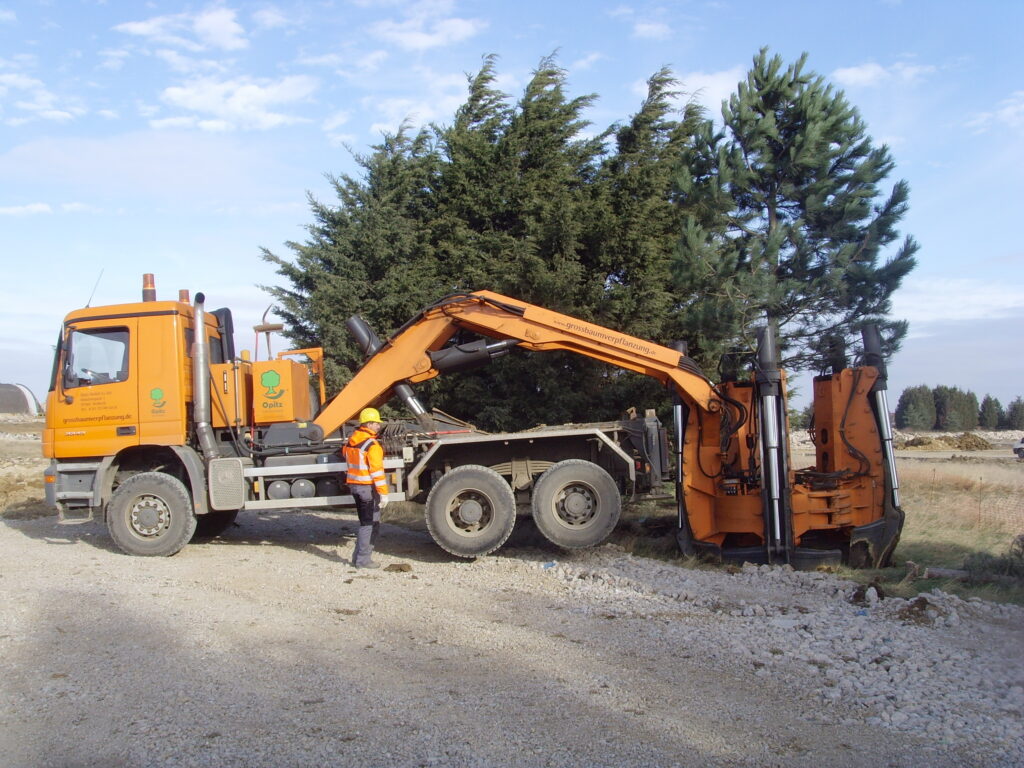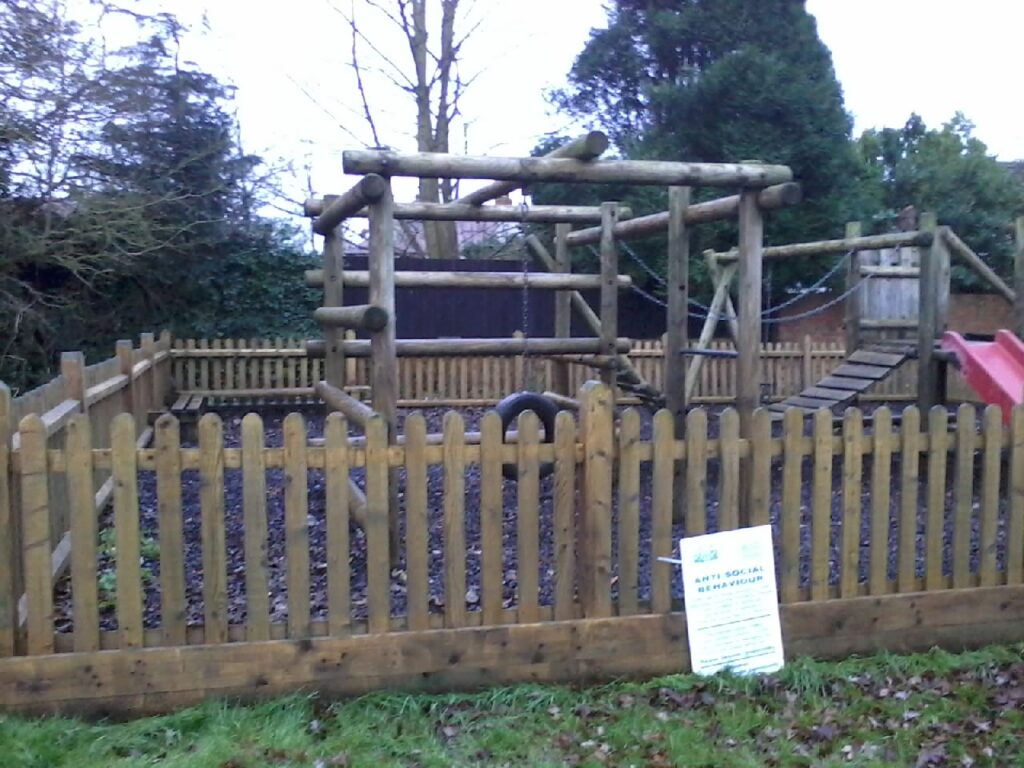Category: News
Our FM Contracts Manager Todd Jeffery completed the London Marathon on Sunday 28th April and raised in excess of a whopping £1800 to help Asthma UK.
Todd has taken part in various other marathons to date which included the Brighton Marathon two weeks earlier that he completed in 3 hours 45 in preparation for the London challenge.
Supported on the day by his partner Alison, Todd recorded an incredible time of 3:44:07.
It was Todd’s first time running the London Marathon and he described it later, saying ‘What an amazing day, unforgettable experience!! The support and cheers from the crowd were incredible, kept me going the whole way’!
Well done Todd – Smashed it!
Whiting were recently commissioned to carry out works at the historic Petwood Hotel in Lincolnshire. The hotel, famous for being the home of the legendary RAF 617 Dambusters squadron also has another claim to fame; the gardens were designed by Harold Peto in 1912.
A qualified architect and extensive traveller, Peto (1854 – 1933) created fine gardens in England and the South of France, mainly in the Italianate style. His best known gardens are Ilford Manor, Wiltshire; Buscot Park, Oxfordshire; West Dean House, Sussex and Llancullin, County Cork, Ireland.
Our brief was to help restore some of the original features designed by Peto. Works included the installation of a replica “Temple of Atalanta” copied from historical photographs and restoration of the “Long Walk” pathway, lined with shrub beds and a horley festoon. The scheme also featured the restoration of the original terracing and balustrade along with some new works to upgrade car parking and a new formal entrance.
The majority of the work is now complete but further restoration to this historic venue may be planned for the future.
A six hectare woodland delivered by Whiting and created with support from the local community, was officially opened in May in the presence of residents, parish councillors, National Forest representatives and project partners.
The launch of the Penny Wakefield Community Woodland to the east of Ellistown village in Leicestershire celebrates the culmination of a two year project that has seen developers, engineers, National Forest staff, environmental stakeholders and the local community working in partnership. The aim of the scheme has been to deliver an exceptional community asset that meets planning and engineering requirements for what has been a critical development and employment project.
The project faced many challenges, not least finding ways to integrate the objectives of replacing the trees and hedgerows lost to the development, creating new National Forest woodland and providing a structure to address drainage requirements for the new 1.4 m² warehouse buildings adjacent to the site. At the same time, the scheme needed to provide screening and a long-term sustainable woodland resource that would enhance the Ellistown community.
12,000 trees and shrubs were planted and 800m of access pathways installed, linking the woodland to the local community and the wider public access network. Bat, bird and owl boxes, numerous wildlife hibernacula, interpretation signs, a community orchard and wildlife sculptures were also installed and benches were created using the timber from trees that had to be felled on site.
Philip Metcalfe of The National Forest commented: “This project represents precisely the sort of scheme that we are trying to achieve in the Forest; a place where woodland can deliver habitat, access and landscape benefits to the communities on its doorstep.”
The local community, and in particular local councillor Keith Merrie and the Parish Council, have been involved throughout, supporting and challenging the project team to help shape and guide the scheme. The late Penny Wakefield was one of the councillors involved during the early discussions and it was felt that naming the woodland after her would be a fitting tribute and conclusion to the development. Penny is now celebrated on the site with a memorial plaque.
(Photographs courtesy of Darren Cresswell, copyright National Forest Company)
We have recently been involved in an ambitious tree translocation project in Alconbury, Cambridgeshire, which involved the use of two of the largest tree spades in Europe.
Working for Urban and Civic plc on their large, mixed use scheme at the former airbase near Huntingdon, tree spades of 2.5m and 3m in diameter were employed to lift and transplant established, mature trees up to 15m tall. These trees would otherwise have been lost during the construction of the project which includes new housing, a school, green spaces and a business sector.
Owing to the site’s previous use as a former US Air Force Base, flying Liberators and B-17’s in raids against Germany in the Second World War, all trees identified for translocation and their new tree pits had to be scanned for unexploded ordnance. Originally in use by Bomber Command from 1939, and then the USAF, Alconbury Airfield was also instrumental during the Cold War and Operation Desert Storm. Flying finally ceased on March 31st, 1995.
On May 16th we carried out works in Lilbourne Village, Northamptonshire, together with Prologis employees in support of their Impact Day 2014. Landscaping took place over two areas – the Memorial Ground and the Village Hall.
Works at the Memorial Ground included the installation of a grasscrete area for parking; the instating of benches; the planting of trees and a general tidy of the ground which included sweeping; edging up and the pruning of existing vegetation.
At the Village Hall a timber knee rail and duct were installed along the edge of the sports pitch. Improvements were made to the existing play area and an outdoor table – tennis table was erected. Four new benches were instated, including suitable gravel platforms beneath them. Works also included the formation of ornamental planting beds along the length of the knee rail and the supply and positioning of two large, timber planters.
Whiting also assisted with a general tidy of the entire car park area, including the edging up of grassed areas; cutting back of existing vegetation; the cleaning of debris from tarmac areas and sweeping up.
Two timber planters were also installed at the entrance to the village on either side of the main road.
January 2014 saw the completion of our landscaping works at the main entrance to The Belfry Hotel and Leisure Resort, Wishaw, Warwickshire, for our client TB Resort Holdings.
The Ironside Farrar design included tree, shrub and climber planting; lawn laying and hedging. Timber obelisks and ivy screens were also installed, along with stainless steel climbing wire systems.
Planting also took place in the Conference Courtyard and Golf Arrivals/Drop-off area.
Whiting are contracted to provide Maintenance services for the scheme for twelve months.
